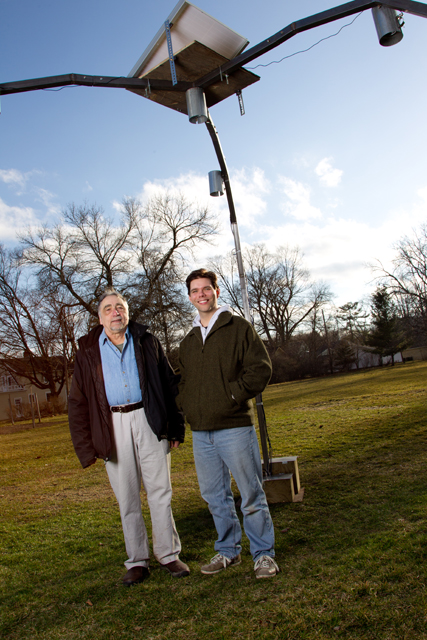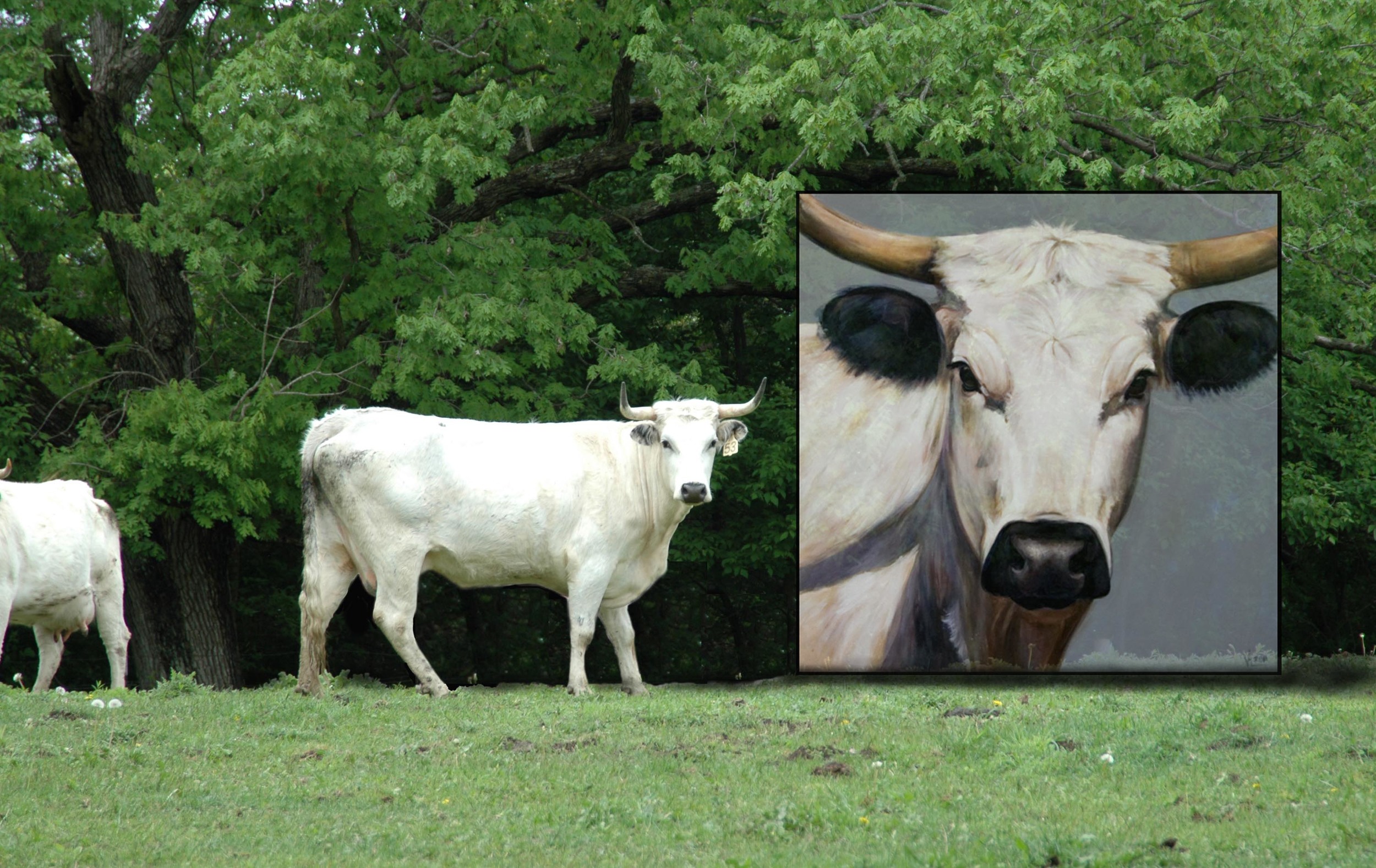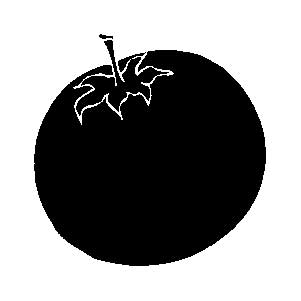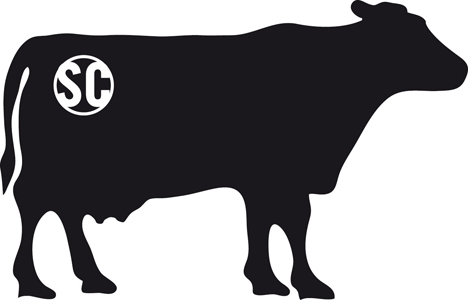The Garden That Seeds Itself
/Part 1: Springtime
"The Story of the Root Children" written by Sibylle Von Olfers was a book I read over and over to my children. Each spring I am reminded of this tale when my garden is bare, completely void of any life on the surface, with a tremendous plant source lying beneath—the volunteers.
Soon after the first spring rain and the soil warms I see evidence of life after winter, small sprouts all looking familiar and similar. The beauty and challenge of self-seeding annual flowers, herbs and sometimes vegetables is identifying them as volunteers. Over the years I have learned to recognize the plants by their leaves, the order in which to expect their arrival, and where they reliably decide to grow. I feel protective of these sprouts because they do not look much different than many weeds at this point. Most plants are photographed when they are blooming and mature, not when they are just little sprouts. Below are a few of these root children that I found in May while exploring my garden. Look for them coming to your garden soon!
I appreciate nature's perfectly designed vignettes, combinations not found in any book or ones I want to compete with... so I don't. I know 'Grandpa Ott's' morning glory will sprout and grow up the side of the barn, my 'Grandma Einck's' dill will volunteer in front of the 'Kiss-Me-Over-the-Garden-Gate,' the calendulas are fine companions for any plants, 'Love-in-a-Mist' will scatter themselves everywhere knowing they can blend into any group and be just fine. Borage is in the strawberry patch, 'Outhouse Hollyhock' along the fence, and violets are usually blooming before I even get into the garden.
Visitors sometimes say my garden feels so natural… well it truly is, one that naturally volunteers itself.
[gallery columns="2" link="file" ids="3038,3039,3040,3041,3042,3044,3045,3046,3047,3098,3132"]
Check back to the blog throughout this summer and autumn for more posts and pictures of my garden.
___________________________________________________________
Founded in 1975, Seed Savers Exchange operates an 890-acre farm in northeast Iowa where thousands of rare fruit, vegetable, and other plant varieties are regenerated and preserved in a central collection. Its mission is conserving and promoting America’s culturally diverse but endangered food crop heritage for future generations by collecting, growing, and sharing heirloom seeds and plants. For information visit www.seedsavers.org








 find vegetable varieties, will include staff favorites like the deep maroon amaranth ‘Kerala Red,’ a nearly black lettuce ‘Revolution-Evolution,’ a classic mustard known as ‘Myers’ Family Heirloom, and the relentlessly fruitful tomato ‘Tiny Tim Yellow.’ Transplants will be sold for $3 for 3 inch pots, and $4 for 4-packs, available in limited quantities. SSE staff will also be on hand during the event to answer gardening and seed saving questions.
find vegetable varieties, will include staff favorites like the deep maroon amaranth ‘Kerala Red,’ a nearly black lettuce ‘Revolution-Evolution,’ a classic mustard known as ‘Myers’ Family Heirloom, and the relentlessly fruitful tomato ‘Tiny Tim Yellow.’ Transplants will be sold for $3 for 3 inch pots, and $4 for 4-packs, available in limited quantities. SSE staff will also be on hand during the event to answer gardening and seed saving questions. than life canvases by Waukon artist Valerie Miller of Steel Cow Gallery. The exhibit shows Valerie's Ancient White Park 'girls' and 12 of their closest bovine friends. Walk along the trails to view these jumbo prints placed in the pastures at SSE's Heritage Farm. The Ancient White Park cattle, a threatened heritage breed, roamed the British Isles over 2,000 years ago.
than life canvases by Waukon artist Valerie Miller of Steel Cow Gallery. The exhibit shows Valerie's Ancient White Park 'girls' and 12 of their closest bovine friends. Walk along the trails to view these jumbo prints placed in the pastures at SSE's Heritage Farm. The Ancient White Park cattle, a threatened heritage breed, roamed the British Isles over 2,000 years ago. College associate professor of music Brooke Joyce. Professor Joyce is using the money to create an outdoor sound installation at Seed Savers Exchange in Decorah.
College associate professor of music Brooke Joyce. Professor Joyce is using the money to create an outdoor sound installation at Seed Savers Exchange in Decorah.










